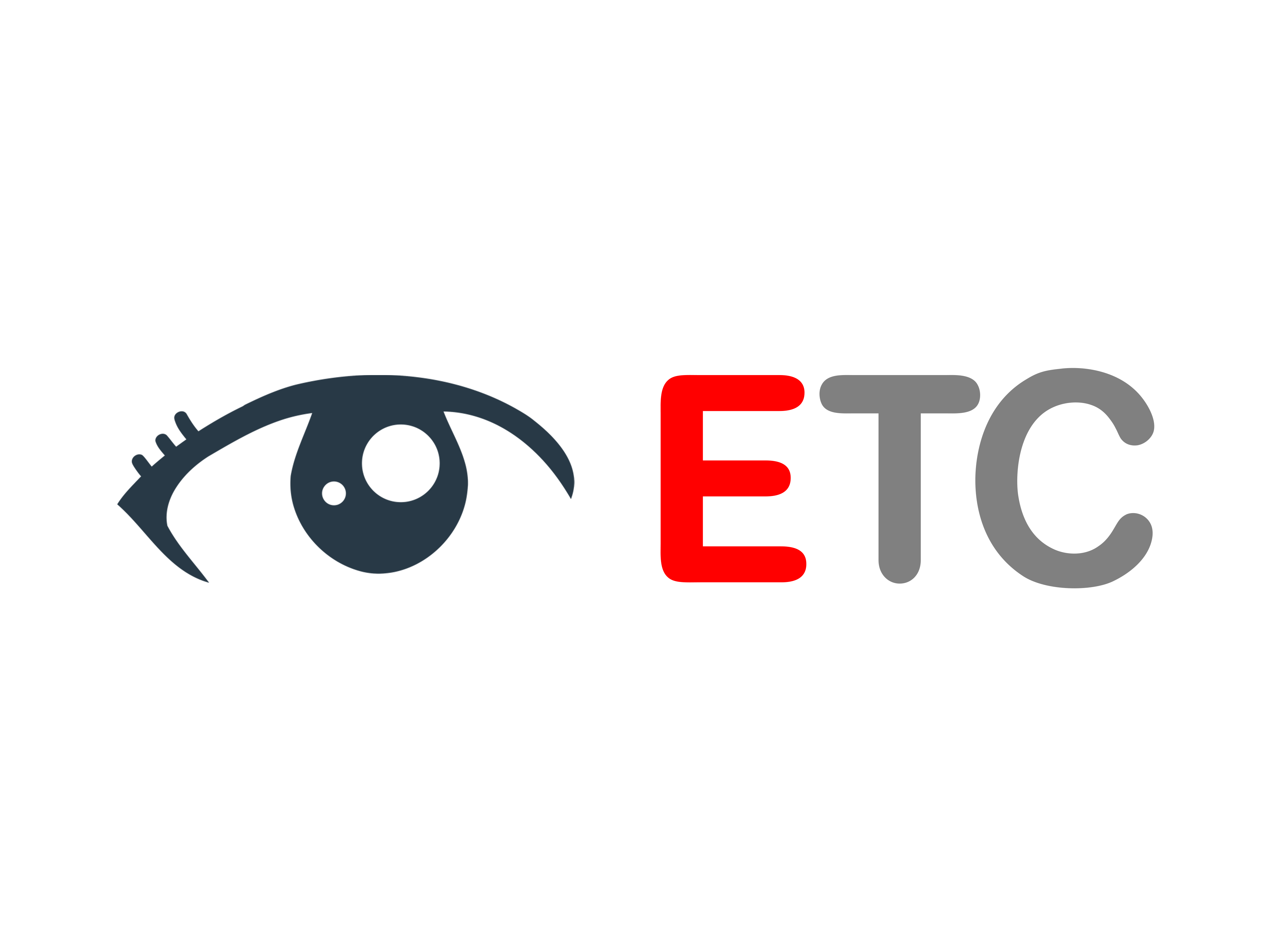
The Problem
AI BIZ GURU may hallucinate when you mix data from multiple companies without proper context and differentiation—it creates impossible comparisons and contradictory recommendations.
The Solution
One Company Rule: Feed data from only ONE company per agent analysis session, and in the Knowledge base, clearly specify data related to third parties (file name & titles).
5-Step Success Process
Single Company Focus – One company’s data only
Define Context – Industry, size, country, process phase
Choose Agent – Pick the right specialist
Select Challenges – Target specific issues
Iterate – Let results improve each other
Bottom Line
✅ Clean, single-company data = Exceptional insights
❌ Mixed company data = Hallucinations and confusion
Follow the One Company Rule, and AI BIZ GURU delivers transformational results every time.
Why AI BIZ GURU Hallucinates: The Critical Importance of Single-Company Context
The Context Contamination Problem
AI BIZ GURU performs exceptionally when fed proper context—but mixing data from multiple companies without clear boundaries creates a hallucination minefield that can derail your entire analysis.
Warning Signs of Context Contamination – Red Flags Indicating Mixed Data Problems:
Impossible Comparisons: “Tesla’s software margins compared to Microsoft’s automotive efficiency”
Industry Confusion: Applying manufacturing KPIs to software companies
Geographic Inconsistencies: Mixing US regulatory requirements with EU operational data
Scale Mismatches: Small business solutions recommended for enterprise problems
Timeline Conflicts: Different fiscal years or reporting periods create false trends
Best Practices for Consistent Success – Data Hygiene Protocol
One Company, One Analysis Session
Clear File Naming: [CompanyName]_[DataType]_[Year]
Context Validation: Verify all 5 core elements before starting
Boundary Maintenance: Never mix competitive data in a single analysis
Session Separation: Complete one company’s analysis before starting another
Quality Assurance Checklist
-
[ ] Single company data only
-
[ ] Complete context definition
-
[ ] Appropriate Agent selection
-
[ ] Aligned Challenge identification
-
[ ] Clear analytical objectives
-
[ ] Proper data boundaries maintained
Here’s why this happens and how to prevent it.
Agents vs. Challenges: Two Distinct Intelligence Systems
Agents (35 Specialized Experts)
-
Function as dedicated business domain specialists
-
Continuously analyze data using custom models
-
Provide ongoing monitoring within their expertise area
-
Examples: Financial Intelligence, Supply Chain Optimization, Customer Retention
Challenges (3,900+ Targeted Assessments)
-
Deliver structured analysis for specific business problems
-
Operate as point-in-time evaluations
-
Focus on particular business issues requiring investigation
-
Function as diagnostic tools for targeted problem-solving
The Critical Context Framework
Every AI BIZ GURU analysis requires these 5 Core Context Elements:
Agent Name – Defines the analytical expertise being applied
Industry – Shapes benchmarks, metrics, and regulatory considerations
Company Size – Influences operational complexity and resource constraints
Country – Determines regulatory environment and market dynamics
Process Phase – Establishes where the company sits in its transformation journey
When Hallucination Occurs: The Data Mixing Disaster
Scenario 1: The Multi-Company Data Dump
❌ WRONG APPROACH:
– Upload financial data from Microsoft + Amazon + Tesla
– Ask AI BIZ GURU to “analyze financial performance”
– No clear company boundaries or context separation
Result: AI BIZ GURU attempts to create a coherent narrative by:
-
Mixing Microsoft’s cloud revenue with Tesla’s automotive margins
-
Applying Amazon’s logistics KPIs to Microsoft’s software business
-
Creating impossible competitive comparisons and false correlations
Scenario 2: Context-Free Analysis
❌ PROBLEMATIC INPUT:
– Mixed industry data without clear segmentation
– Undefined company size parameters
– Unclear geographic scope
– Multiple process phases simultaneously
Result: The AI generates generic, contradictory recommendations that don’t apply to any specific business reality.
The Simple 5-Step Process for Perfect Results
Step 1: Single Company Focus
✅ CORRECT APPROACH:
– Choose ONE company for analysis
– Upload ONLY that company’s data
– Maintain clear data boundaries throughout
Step 2: Context Definition
Define Complete Context:
Company: [Single Company Name]
Industry: [Specific Industry Sector]
Size: [Small/Medium/Large Enterprise]
Country: [Primary Operating Country]
Phase: [Current Transformation Stage]
Step 3: Agent Selection
Choose an Appropriate Agent Based On:
– Primary business challenge
– Available data types
– Desired analytical depth
– Operational focus area
Step 4: Challenge Alignment
Select Related Challenges That:
– Complement the chosen Agent
– Address specific problem areas
– Build on Agent findings
– Create analytical depth
Step 5: Iterative Refinement
Use Feedback Loop:
– Run initial Agent analysis
– Identify specific challenges revealed
– Execute targeted Challenge assessments
– Feed results back to the Agent for enhanced monitoring
– Repeat the cycle for continuous improvement

